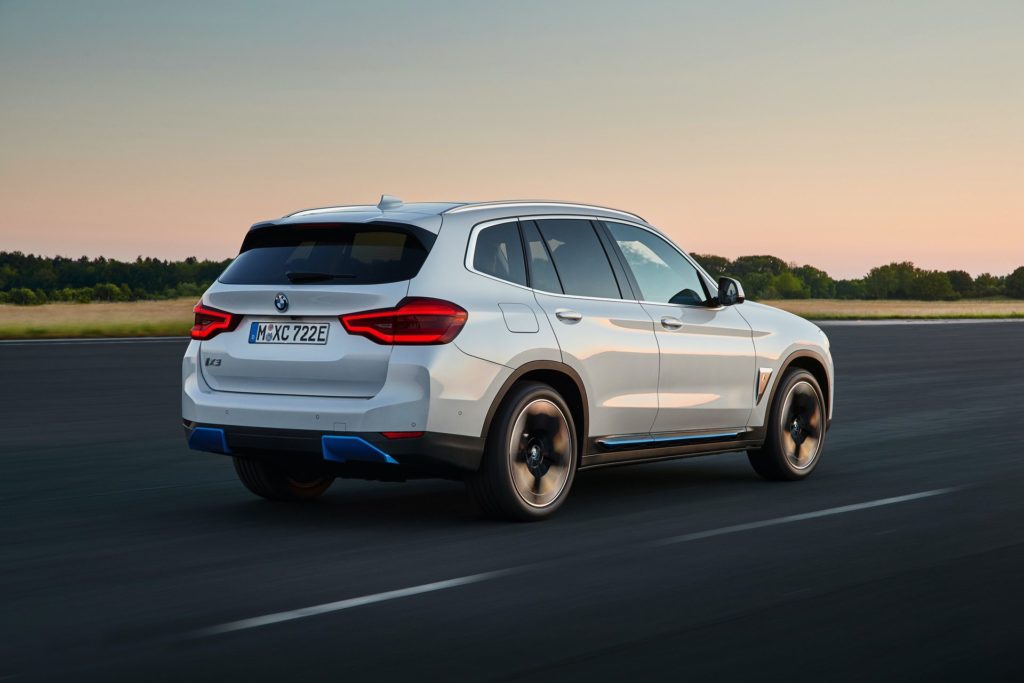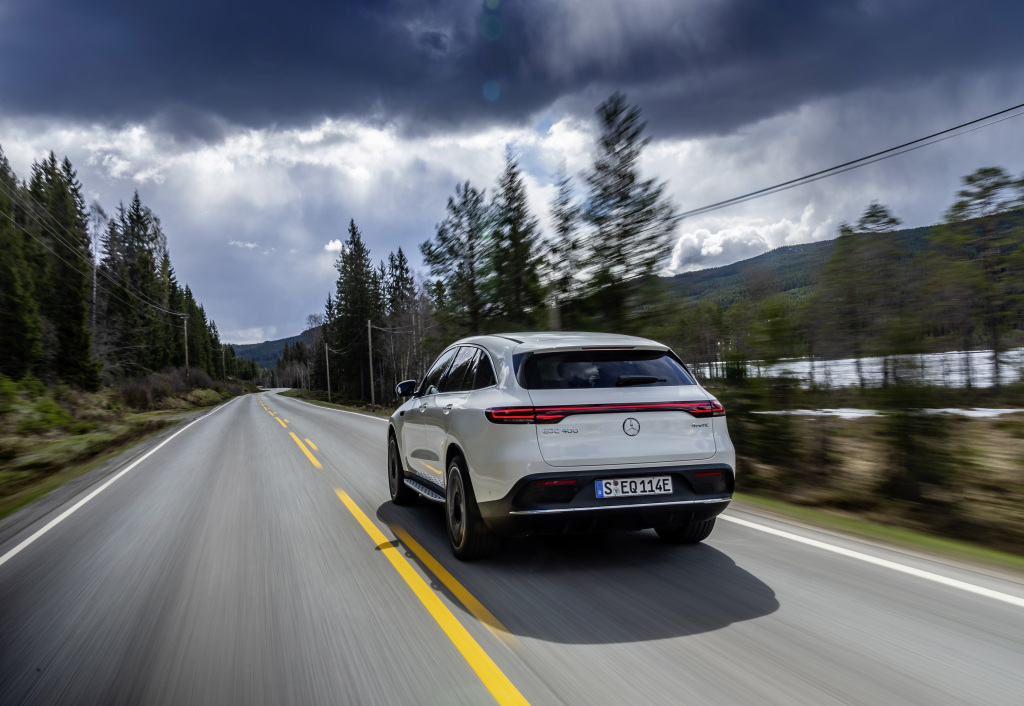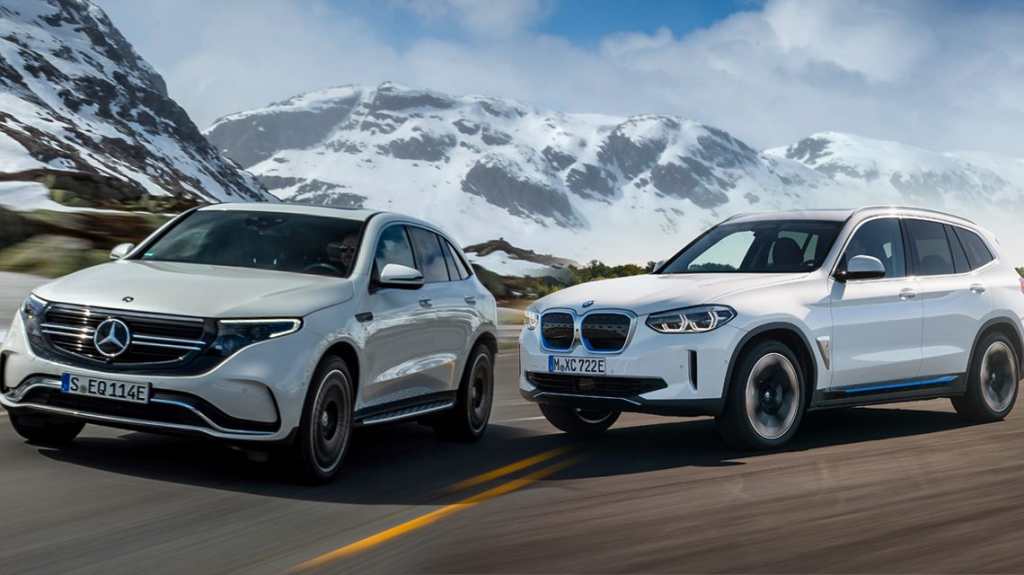The consumer has more and more options to choose from when it comes to what will be his next electric car. Something that undoubtedly benefits buyers who see more possibilities before them adds the increasing competition to take over sales. A sector that has incorporated the new BMW ix3 that will arrive to compete with models such as the Mercedes EQC.
A technical and economic comparison between two models called to encourage customers who were still waiting for a proposal from the German premium brands, and who will have before them two similar electric SUVs but at the same time with significant differences.
One of the first differences is that the BMW ix3 will not arrive until the beginning of 2021. And it is that the second electric car from BMW has just been presented and launched. Still, it will be produced in China, which means extended deadlines for deliveries, so that those interested will have to arm themselves with patience to see the car in their garage.
An ix3 that, in addition to production in China, will have a single-engine, compared to the two of the Mercedes, which was expected to have an impact at a lower cost. But finally, this has not happened since the BMW will arrive at a price above what was expected.

Dimensions
In both cases, we are talking about models that do not sit on dedicated platforms but are shared with other models with a combustion engine. The Mercedes EQC is based on the GLC platform, while the BMW iX3 is an electric X3. Therefore, the two models are almost the same length (4,761mm Mercedes, 4,734mm BMW), and Mercedes has a small wheelbase advantage (2,873mm compared to 2,864mm at BMW). The ix3 is 7mm wider and 45mm taller than the EQC.
Cargo volumes in the trunk are also very similar. Here the BMW has a small advantage with 510 liters with the second row raised and 1,560 liters folded. In the case of the Mercedes, the figures remain at 500-1,460 liters, respectively.
Thanks to having a single engine and a smaller battery, the BMW is considerably lighter, with a total of 2,260 kg, while the Mercedes EQC is 235 kg heavier, reaching 2,495 kilos.
For those interested in the maximum weight and towing capacity data, the BMW also wins here with a payload of 540 kilos compared to the 445 kg of the Mercedes. In contrast, if we want to tow a trailer or a caravan, the engine of the BMW hurts to reach 750 kilos compared to 1.8 tons of the Mercedes.

Propulsion, autonomy and recharging system
The BMW ix3 as we mentioned has a single motor located on the rear axle that yields a maximum power of 286 hp and a maximum torque of 400 Nm, which propel it up to 100 km/h in 6.8 seconds and up to a speed maximum that in both cases is limited to 180km/h.
For its part, the EQC, in addition to two engines and all-wheel drive, enjoys a power that reaches 408 hp and 706 Nm, which allows it to reach 100 km/h in 5.1 seconds. A significant difference also affects recoveries.
The BMW ix3 has more autonomy, although the battery is smaller, which indicates that it is more efficient thanks in part to having a single motor, which is also synchronous by the two asynchronous EQC. Although it also plays better tricks in terms of the protection margin of said battery. It has a lithium battery with a capacity of 80 gross kWh (net 74 kWh), while Mercedes has a battery with a total capacity of 93 kWh of which 80 kWh can be used. Therefore the BMW has 6 kWh of protection margin while the Mercedes reaches no less than 13 kWh.
The autonomy is 265 mile-range in the case of the ix3, with an average consumption of between 18.5 and 19.5 kWh per 62 miles. In comparison, the EQC remains at 257 miles, with consumption between 20.5 and 23.2 kWh per 62 miles.
In the critical aspect of recharging, the BMW ix3 can be charged in a direct current socket of up to 150 kW, which is 34 minutes to reach an 80% charge. For its part, the EQC can reach a maximum of 110 kW, which means that reaching the same 80% takes 40 minutes.
Conclusion
The conclusion is that Mercedes has lost a good part of the battle due to its decision to provide its EQC with an exaggerated margin of protection in the battery, which, added to its higher weight and lower efficiency, causing the critical aspect of autonomy to fail with almost 10% less reach than its rival. Something to which is added is it’s lower fast charge capacity, which can make many of those interested in the EQC switch to ix3. On the other hand, BMW reaches the market with a price well above what was expected.

